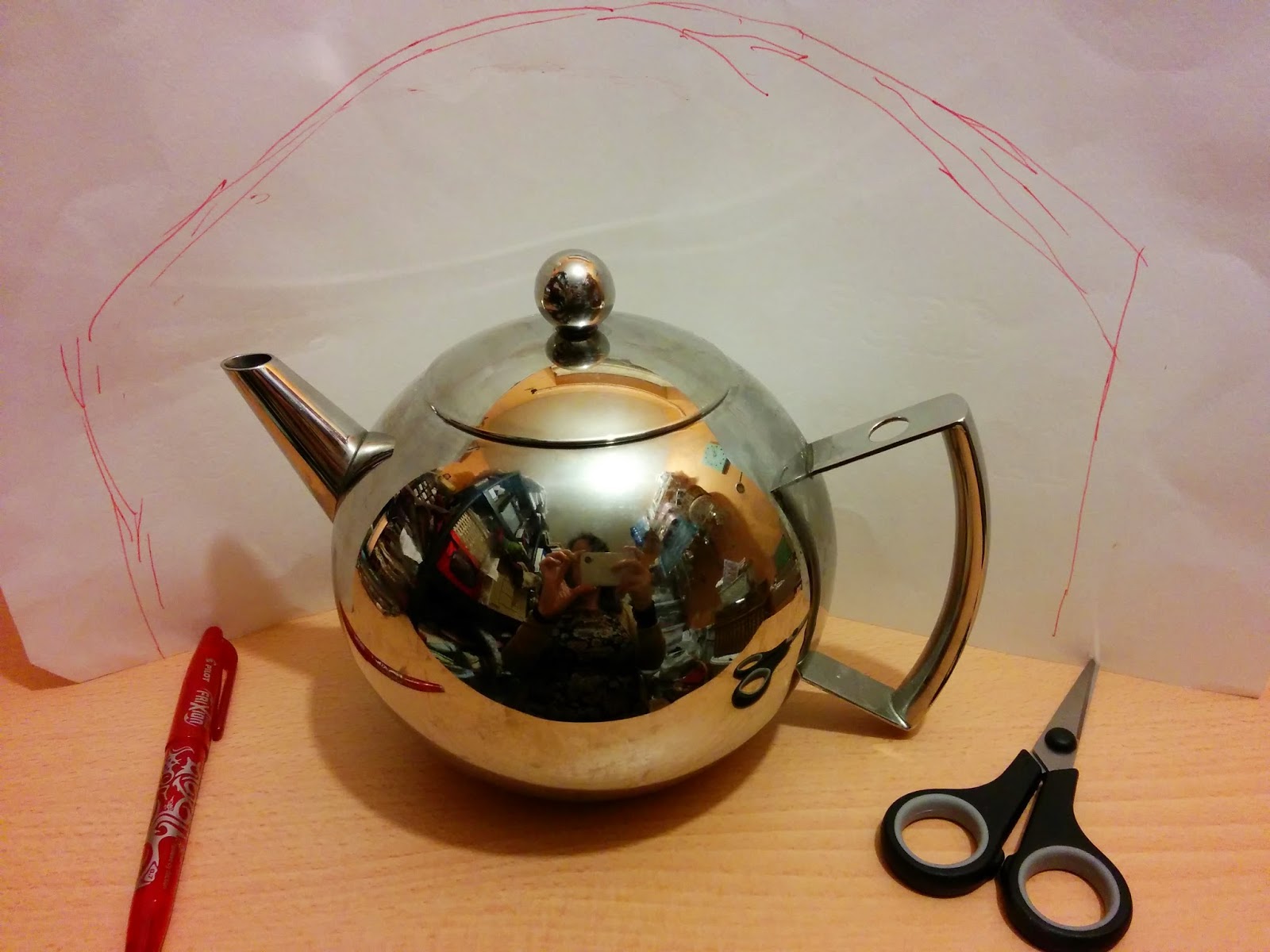Easter is fast approaching and I am most thankful as I plan
to enjoy a choc-fest on Sunday after giving up sweet things for Lent. Also, my mum retires on Easter Saturday so my sister and I are taking her for a spa weekend with lots of pampering, I'm so excited!
As I’ve mentioned before my mum loves a seasonal decoration
(for example see this Halloween wreath post) so when I came across a *FREE* downloadable template for a 3D Easter
Rabbit made from card, I knew my mum would love it. Here's my finished bunny...
The template is by the incredibly talented Anastasia Baron who
runs the German site- kreativbeuhne.de and includes her great DIY blog, http://blog.kreativbuehne.de/ It’s wonderful how generous talented people can be and Anastasia is certainly that!
Here's one of her photographs of her brilliant rabbits...
Here's one of her photographs of her brilliant rabbits...
Beautiful picture right? No wrinkled background ;-)
Now my very rusty GCSE in German will only get me so far (i.e. not very far) but thanks to the wonders of modern technology, Google translates the page for you. While it’s not always a perfect translation, it can be fun to read and it's wonderful how it opens a whole world of internet pages that would be out of reach otherwise.
Now my very rusty GCSE in German will only get me so far (i.e. not very far) but thanks to the wonders of modern technology, Google translates the page for you. While it’s not always a perfect translation, it can be fun to read and it's wonderful how it opens a whole world of internet pages that would be out of reach otherwise.
The template featured in this blog post-
http://blog.kreativbuehne.de/2015/03/osterhasen-basteln-als-osterdekoration.html can be downloaded as a PDF for free and it's really enjoyable project. It comes as 13 pieces, ‘A’ through to ‘M’, on 7 pages. It consists of solid lines (the cut lines), short dashes as the score-and-fold-inwards lines and long dashes as the score-and-fold-outwards lines.
http://blog.kreativbuehne.de/2015/03/osterhasen-basteln-als-osterdekoration.html can be downloaded as a PDF for free and it's really enjoyable project. It comes as 13 pieces, ‘A’ through to ‘M’, on 7 pages. It consists of solid lines (the cut lines), short dashes as the score-and-fold-inwards lines and long dashes as the score-and-fold-outwards lines.
The instructions on the printout are in German but the Google translation of the blog itself is more than enough to make the project straight forward. I found it the right mixture of a little bit fiddly and very satisfying to see it take shape.
I cut out all the pieces first but did the scoring to each piece as I went along with the construction. Although the instructions advised using a knife, I actually used a biro type pen that had run out of ink along with a ruler to score the lines. I started with a roller glue dispenser but changed to squares of double sided sticky tape as the dispenser ran out and I actually preferred the tape, it felt a better bond. I used a craft knife to cut the squares while on the roll and peeled them off as I went along.
Once complete you have a great Easter decoration and as it's hollow you can hide treats inside.
From start to finish it took me about 3 and a half hours but I did watch 2 of my favourite films (Harry Potter and the Deathly Hallows Part 1 and Finding Neverland) and was distracted a little during the best bits of the two so could have been quicker, but why rush when you're enjoying yourself? I'm really delighted with the end result.
Anastasia's online shop, http://paper-shape.com/ features models of animal heads, including a horse and my personal favourite a deer complete with antlers. You can buy the templates printed onto heavy stock card in a number of colour combinations and once complete they can then be mounted on the wall. I think it would look great with necklaces hanging off the antlers.
I have to say a huge thank you, well actually that should be danke sehr, to Anastasia. It's an amazing project which I really enjoyed making and it was very kind of her to make it a freebie!
Until next time craft in earnest, Craftin' Ernest x
Once complete you have a great Easter decoration and as it's hollow you can hide treats inside.
From start to finish it took me about 3 and a half hours but I did watch 2 of my favourite films (Harry Potter and the Deathly Hallows Part 1 and Finding Neverland) and was distracted a little during the best bits of the two so could have been quicker, but why rush when you're enjoying yourself? I'm really delighted with the end result.
Anastasia's online shop, http://paper-shape.com/ features models of animal heads, including a horse and my personal favourite a deer complete with antlers. You can buy the templates printed onto heavy stock card in a number of colour combinations and once complete they can then be mounted on the wall. I think it would look great with necklaces hanging off the antlers.
I have to say a huge thank you, well actually that should be danke sehr, to Anastasia. It's an amazing project which I really enjoyed making and it was very kind of her to make it a freebie!
Until next time craft in earnest, Craftin' Ernest x






















































